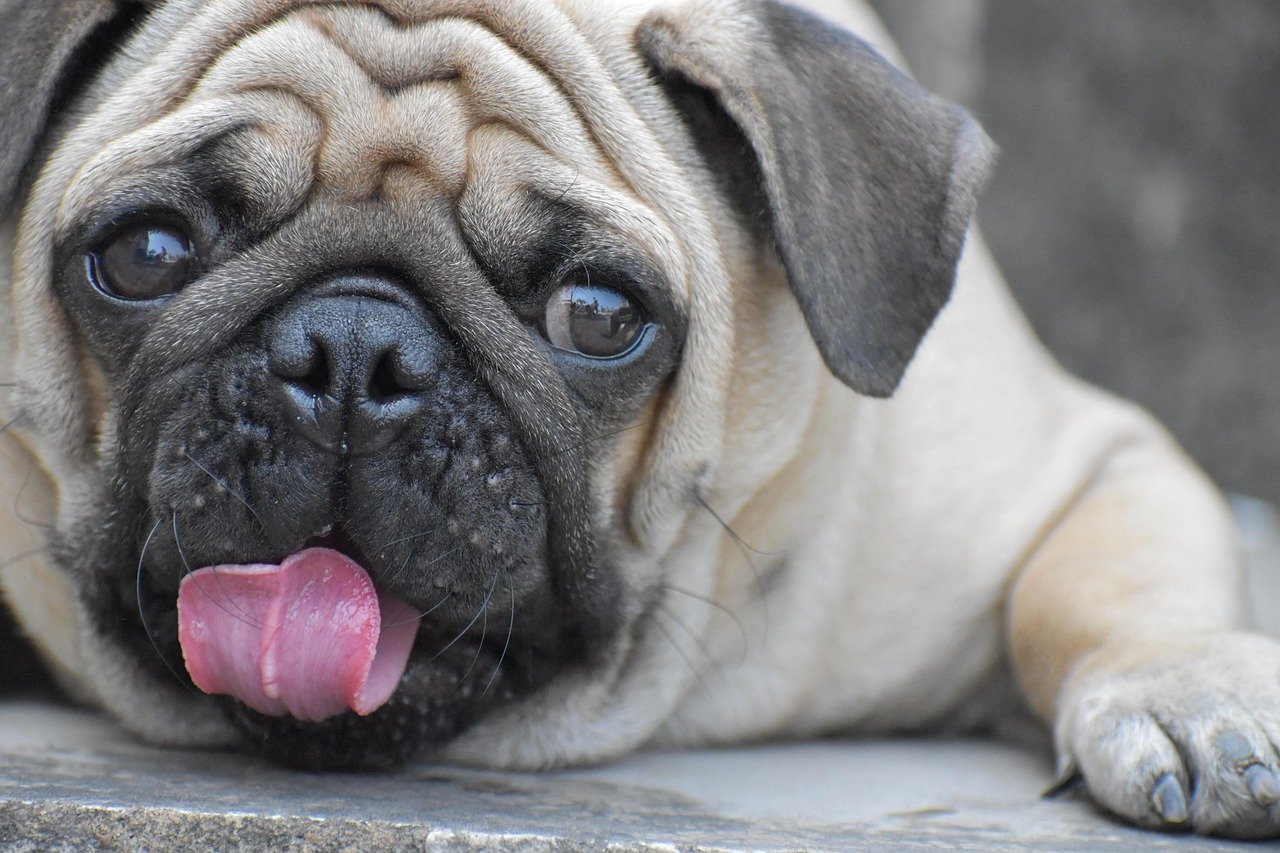Pugs are delightful little companions known for their charming personalities and adorable faces. However, like all dogs, pugs can experience stress and unhappiness. Recognizing the signs of stress in your pug is crucial to ensuring their well-being. Their expressive faces may make them seem constantly cheerful, but subtle changes in behavior can reveal when they’re feeling overwhelmed or anxious. From excessive panting to changes in appetite, these small but significant signals can help you address their needs early. By understanding these signals, you can provide the love and care needed to help your furry friend feel more comfortable and content. Let’s explore eight signs that your pug might be stressed and unhappy.
Changes in Appetite
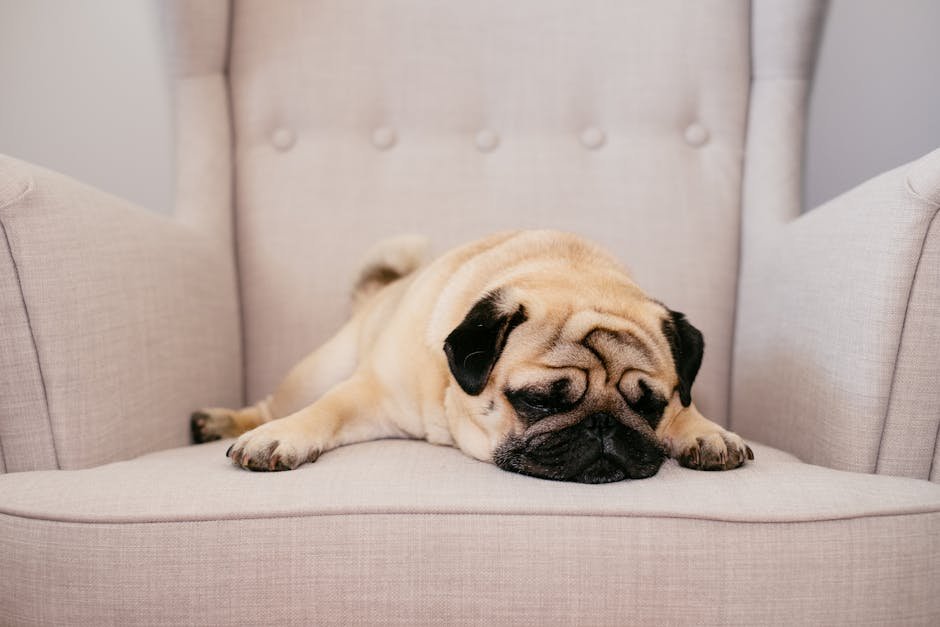
One of the first indicators that your pug might be stressed is a noticeable change in their eating habits. If your typically voracious eater suddenly loses interest in their food, it could be a sign of distress. On the other hand, some pugs may overeat when stressed, using food as a comfort mechanism. It’s essential to monitor your pug’s feeding routine and note any drastic changes. A consistent appetite often reflects a happy and healthy dog, so deviations from the norm should prompt a closer look at your pug’s environment and recent experiences.
Excessive Barking or Whining

Pugs are naturally vocal creatures, but excessive barking or whining can indicate stress. If your pug barks more than usual or whines persistently, it might be trying to communicate discomfort or anxiety. This behavior can be triggered by various factors such as loud noises, new environments, or separation from their owners. As a pug parent, it’s crucial to identify the root cause of their vocal distress. Consider whether there have been any changes in their surroundings or routine that could be causing your pug to feel uneasy.
Destructive Behavior
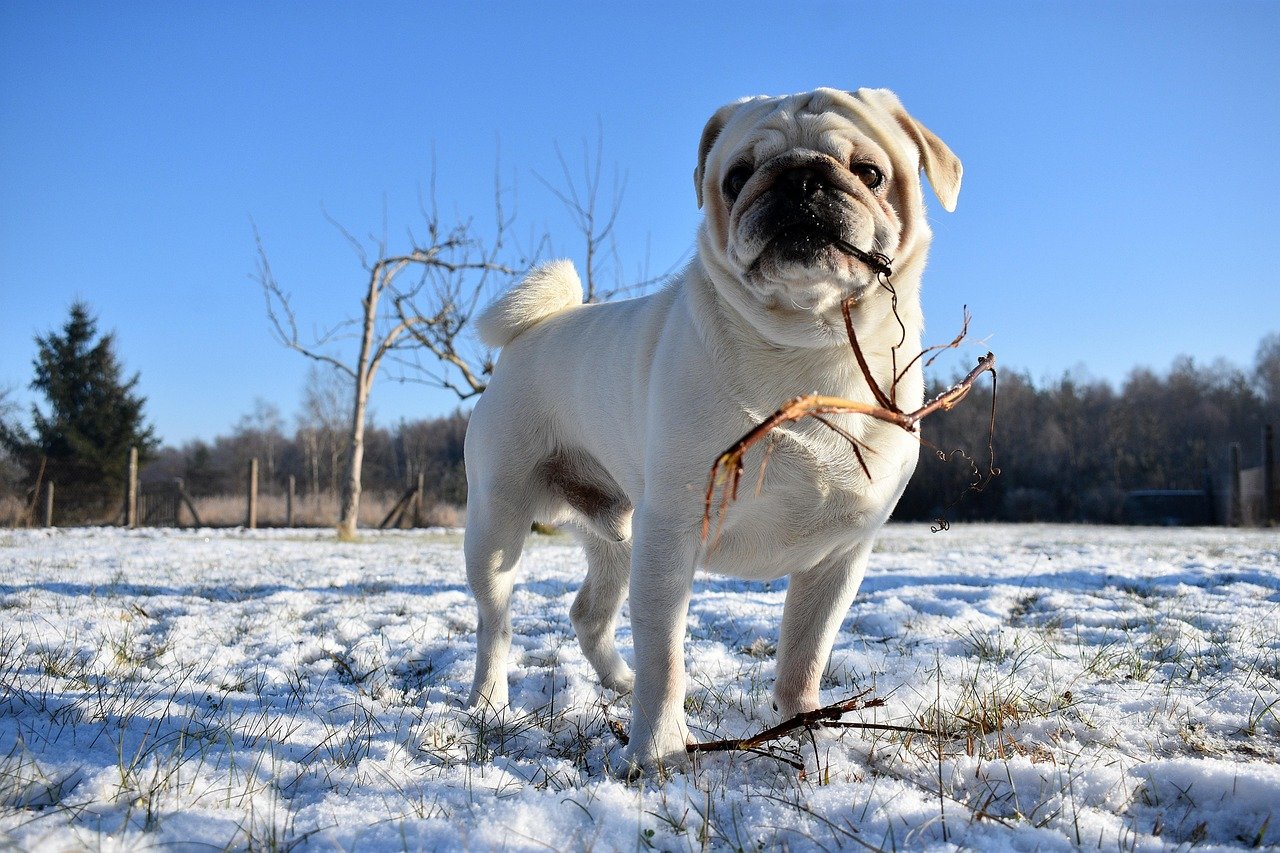
Stress in pugs can sometimes manifest as destructive behavior. Chewing on furniture, shoes, or other items they typically ignore could be a sign that your pug is unhappy. This behavior often stems from anxiety or boredom, as your pug seeks to relieve pent-up energy or frustration. Providing appropriate chew toys and engaging in regular playtime can help alleviate this destructive tendency. However, if the behavior persists, it may be necessary to consult with a veterinarian or a canine behaviorist to address the underlying cause.
Excessive Licking or Grooming
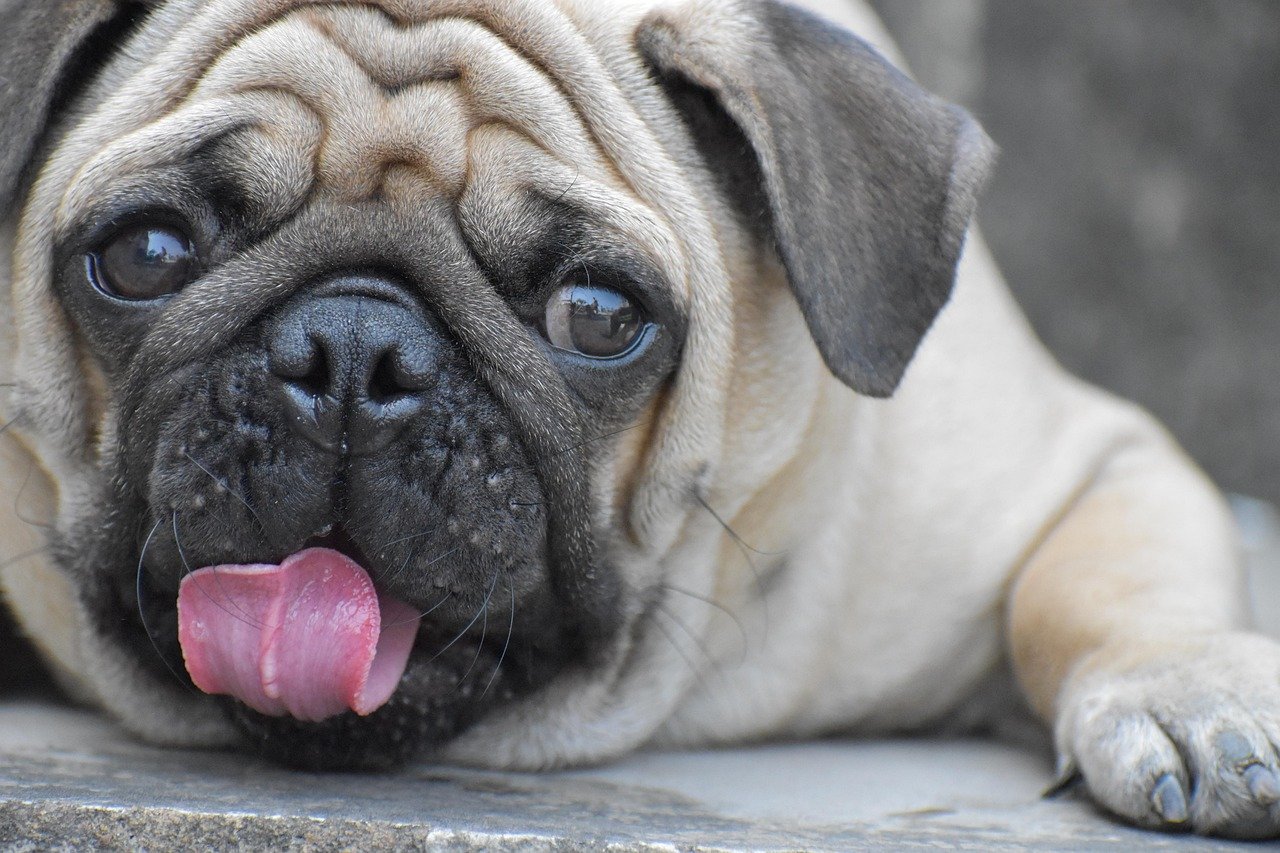
While grooming is a normal behavior for dogs, excessive licking or grooming can be a sign of stress in pugs. If your pug is constantly licking its paws, belly, or other parts of its body, it could be attempting to soothe itself. This behavior can lead to skin irritation or infections, adding to your pug’s discomfort. It’s essential to observe your pug’s grooming habits and consult with a veterinarian if the licking becomes excessive. Addressing the source of stress can help reduce this compulsive behavior.
Withdrawal and Lethargy
A stressed pug may become withdrawn or lethargic, showing little interest in activities they usually enjoy. If your pug prefers to stay in a quiet corner rather than engage in play or cuddle time, it could be feeling overwhelmed or anxious. Lethargy and withdrawal can be signs of both physical and emotional distress, making it important to evaluate your pug’s overall health. Ensuring your pug receives adequate exercise, mental stimulation, and affection can help revive its spirits and alleviate stress.
Changes in Sleep Patterns
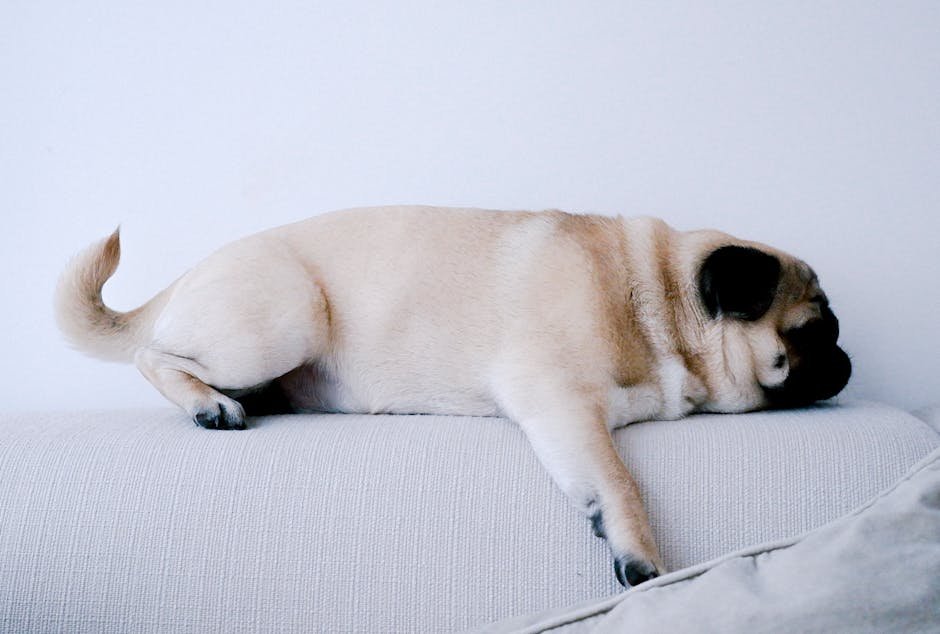
Pugs love to sleep, but significant changes in their sleep patterns can indicate stress. If your pug is sleeping more than usual or struggling to settle down at night, it could be experiencing anxiety. Factors such as loud noises, changes in routine, or unfamiliar environments can disrupt your pug’s sleep. Creating a calm and comfortable sleeping area can help your pug feel secure. Consistent bedtime routines and providing a sense of familiarity can promote restful sleep, reducing stress levels.
Excessive Panting
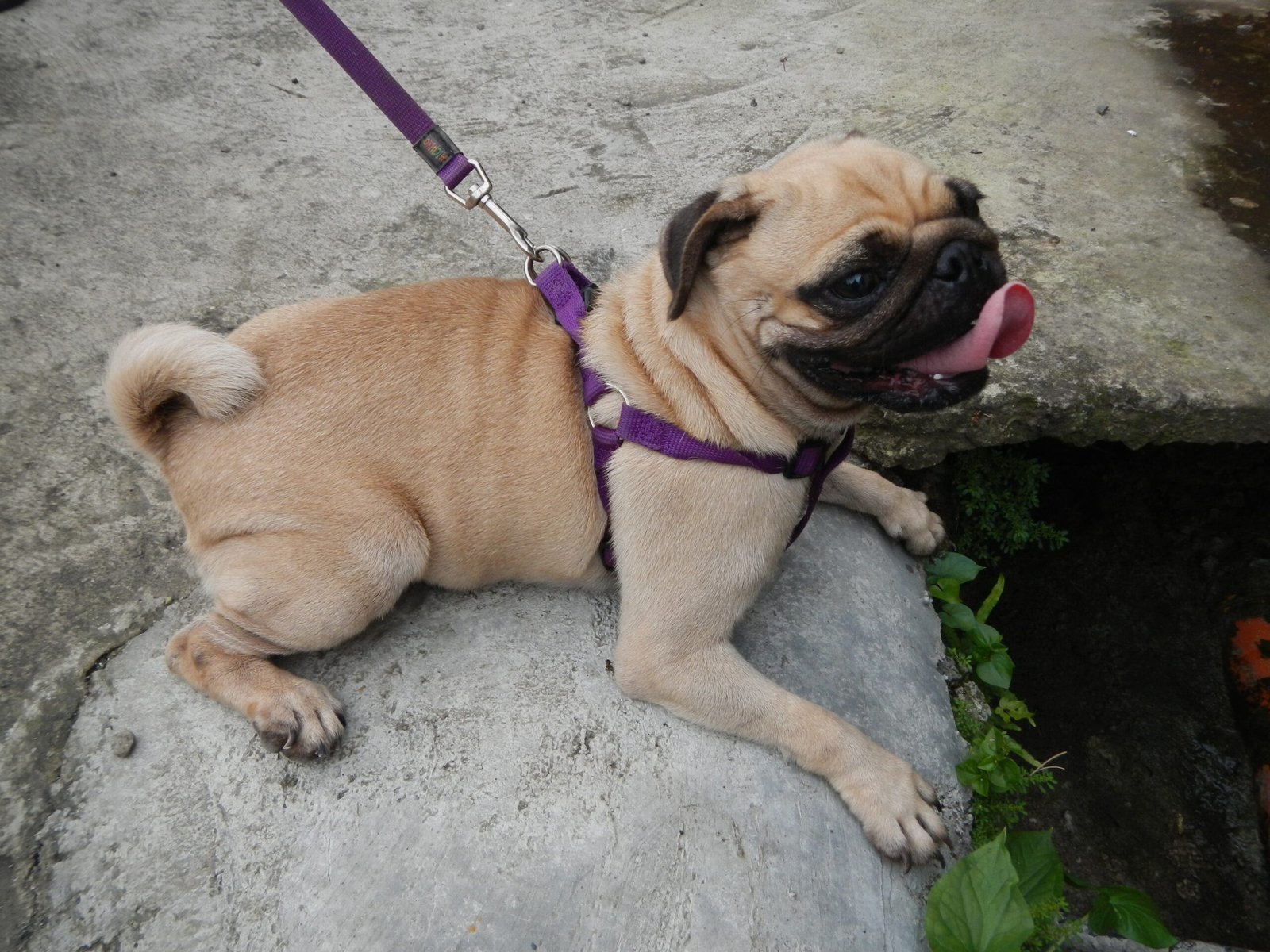
Panting is a normal response to heat or exercise, but excessive panting in a relaxed setting can be a sign of stress in pugs. If your pug is panting heavily without any apparent reason, it might be experiencing anxiety or discomfort. This behavior can be triggered by various stressors, such as separation anxiety or unfamiliar situations. Observing when and where your pug pants excessively can provide clues about what might be causing their distress. Ensuring a calm and predictable environment can help ease your pug’s anxiety.
Clinginess or Seeking Constant Attention
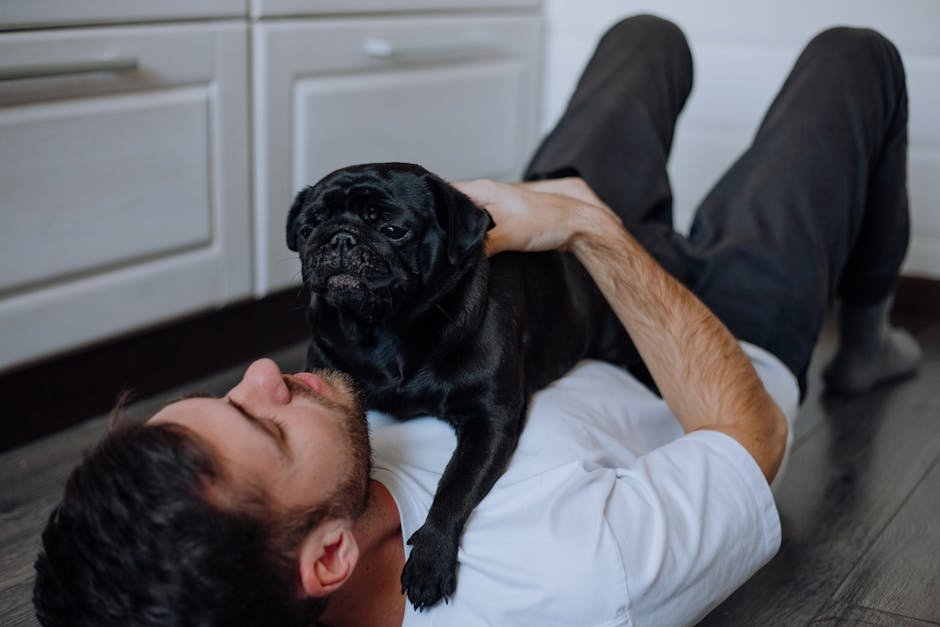
While pugs are known for their affectionate nature, increased clinginess can signal stress. If your pug is constantly seeking your attention, following you around, or refusing to be alone, it might be feeling anxious or insecure. This behavior can be exacerbated by changes in the household or routine that make your pug feel uncertain. Providing reassurance and establishing a stable environment can help your pug feel more secure and reduce their need for constant attention.
Understanding these signs of stress in your pug is essential for maintaining their happiness and well-being. By recognizing and addressing these behaviors, you can create a supportive environment that nurtures your pug’s emotional health. Remember, a happy pug is a healthy pug, and your attentive care can make all the difference.

Esther is from India; the heartbeat of South Asia, holding a Master’s degree in Zoology and a postgraduate diploma in Animal Welfare. Her enthusiasm for animal welfare drives her passion and dedication to working for animals, ensuring their well-being, and advocating for their rights. With a solid academic background and hands-on experience, she is committed to making a positive impact in the field of animal welfare. In her free time, she enjoys embroidery and sewing. As a Chennaite from Tamil Nadu, Esther loves Bharathanatyam, an Indian classical dance form.

